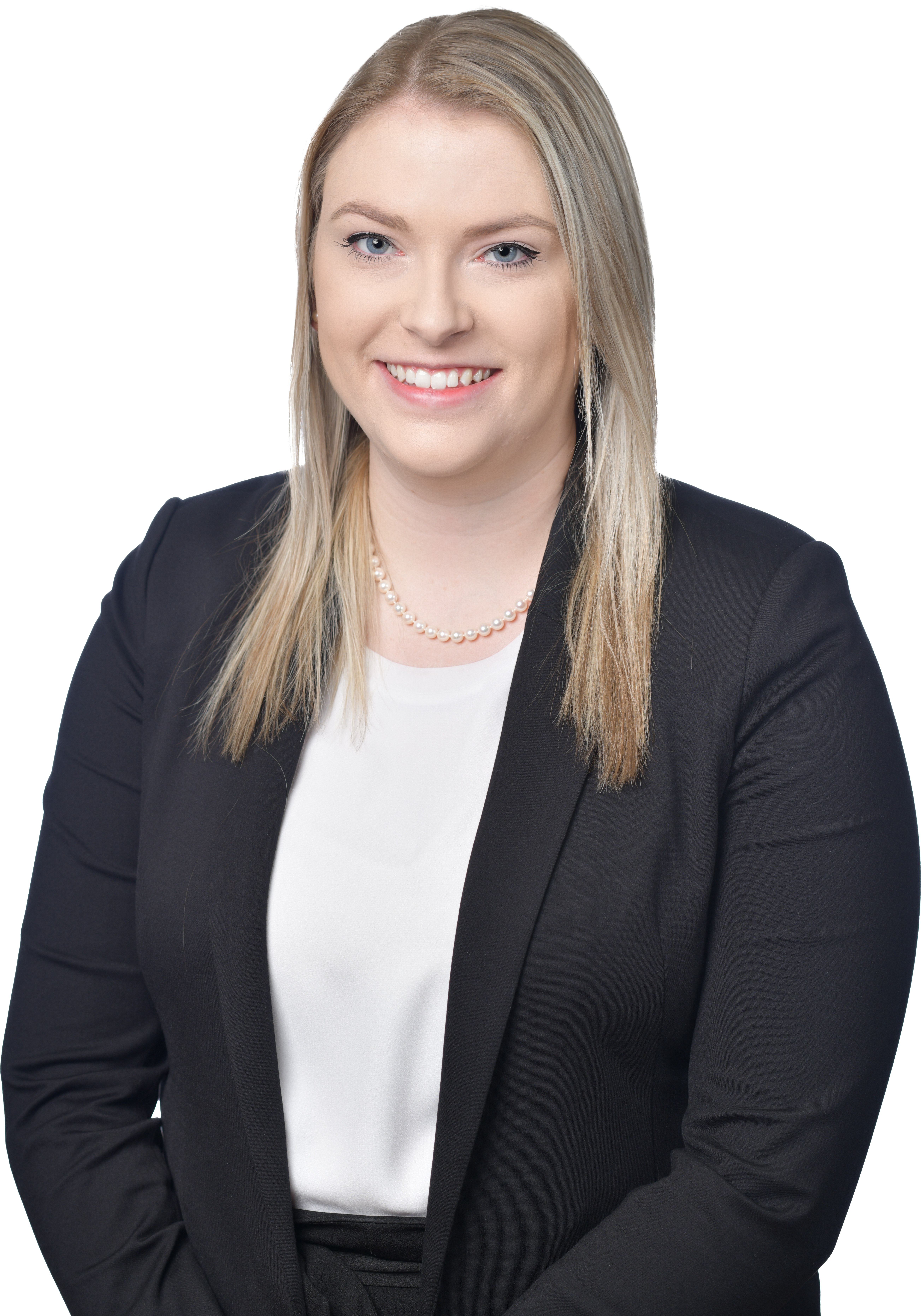
The Expense Claim Form (OCF-6) is a critical document in the process of seeking compensation for injuries sustained in a motor vehicle accident. Accidents can be overwhelming, and navigating the paperwork can be daunting. However, filling out the OCF-6 form accurately and completely is crucial to ensure you receive the benefits you deserve. In this article, we'll provide you with essential tips on how to properly fill out an OCF-6 form.
-
Understand the Purpose of the OCF-6
Before you start filling out the OCF-6 form, it's essential to understand its purpose. This form, also known as the "Expenses Claims Form", is a crucial document in the process of receiving payment for medical treatment and other expenses after an accident. This can include medical and rehabilitation expenses, expenses for damage to medical devices such as prescription glasses, personal support worker expenses, and more. Knowing what benefits you're eligible for and what you're applying for will help you complete the form correctly.
-
You Must Actively Obtain the Form
You can obtain an OCF-6 form from your insurance company, your legal representative (if you have one), or directly from the Financial Services Regulatory Authority of Ontario (FSRA). It is not included as part of the “basic” Accident Benefits Application Package; you must actively request this form and submit it. Ensure you have the most recent version of the form, as outdated forms may lead to processing delays.
-
Read and Follow the Instructions Carefully
The OCF-6 form comes with instructions that explain how to complete it. Take the time to read these instructions carefully before you start filling out the form. Understanding the guidelines will help you provide accurate and complete information. Start by providing accurate personal information, including your name, address, date of birth, and contact details as well as your claim number, policy number and date of accident. Make sure to double-check your information for any errors, as incorrect details can cause delays in processing your claim. Make sure you list each expense separately on the form, with the date it was incurred, description of the expense and the amount. If there are multiple expenses you are submitting, make sure to provide the total amount of the expenses combined at the bottom. Submit the completed OCF-6 form to your insurance company as soon as possible after incurring the expense being claimed. Timely submission is crucial to avoid any potential delays in processing your claim.
-
Provide Supporting Documentation
The "Other Expenses" benefit within accident benefits can encompass a wide range of accident-related losses. To be eligible, your OCF-6 must contain supporting documentation to substantiate your incurred losses. For instance, if your injuries from a car accident have rendered you unable to perform housekeeping tasks, you should include an invoice for monthly housekeeping services, provided you have already paid for this optional coverage. Remember to make duplicates of all receipts, bills, and related documents before sending the original copies along with your application.
Some other examples to include in your OCF-6 are:
- Lost, damaged, or destroyed clothing or personal items (e.g., eyeglasses, hearing aids, dentures, etc.)
- Assistive devices (such as walkers, crutches, prostheses, and wheelchairs)
- Travel expenses for visitors (limited to those essential for aiding your recovery)
- Lost educational expenses (e.g., non-refundable tuition when injury prevents class attendance)
- Transportation costs
- Caregiver benefit (also an optional benefit)
-
Seek Legal Advice from an Experience Lawyer
If you're uncertain about any part of the OCF-6 form or your rights in the claims process, consider consulting with a lawyer or legal representative experienced in personal injury claims. They can provide guidance and ensure that you're fully protected throughout the process.
Click here to download a PDF of the OCF-6: Expenses Claim Form to get started on your claim today. To schedule a free case consultation before submitting your Application for Accident Benefits, contact Campisi for a free, no obligation consultation.
Lastly, if you need additional help with your claim forms, please see our other guides, tips and tricks. To get started, read about OCF-1 Forms, and Campisi’s guide to OCF-3 form completion.

Subscribe to our newsletter
Get free insights delivered right to your inbox
Give us your email address and we’ll send you the latest information on updates to the legal and insurance system and learn how you can make the best recovery possible.
.jpg?width=726&height=440&name=image%2013%20(1).jpg)
Recent Posts
Put our expertise to work for you.
If you or a loved one has been seriously injured, you need a personal injury lawyer who puts client care first and who also knows how to navigate the complex legal system.
Contact Us Now